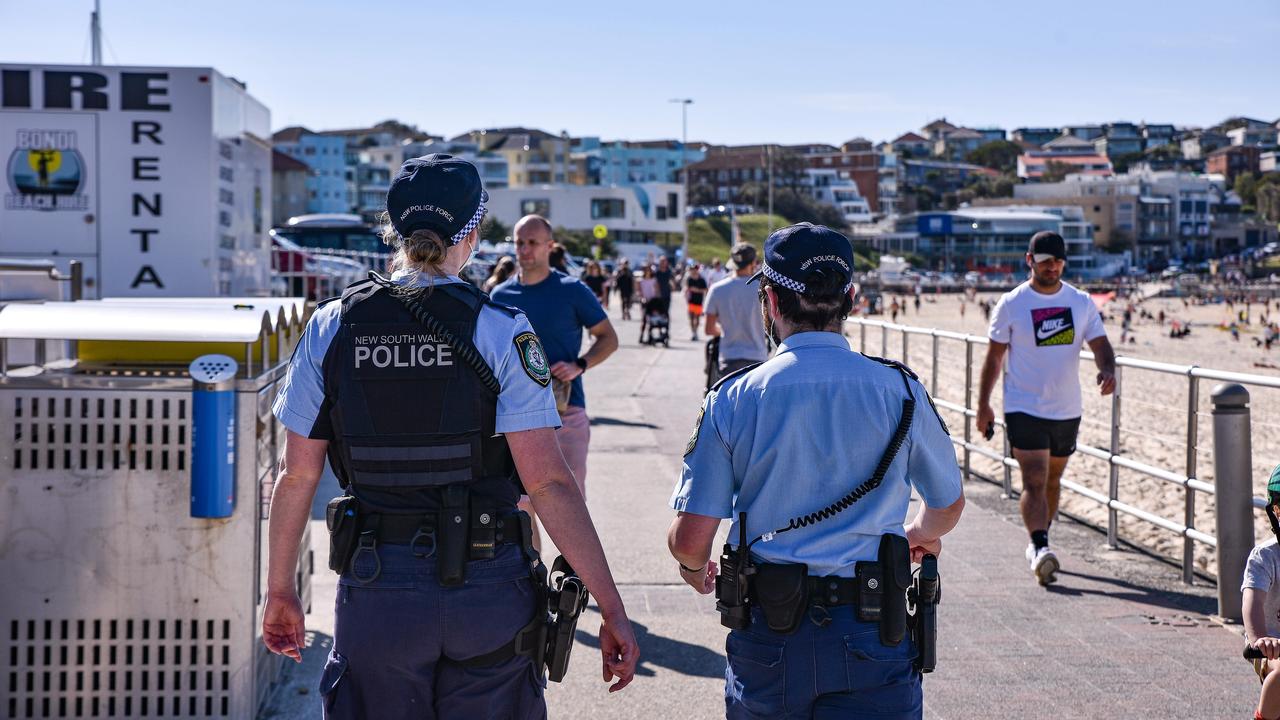Last seconds before Black Hawk 221 goes down
THE dramatic footage of the Black Hawk crash that claimed the lives of two Australian soldiers in November lasts for three awful seconds. Video: Black Hawk crash
THE dramatic footage of the Black Hawk crash that claimed the lives of two Australian soldiers in November lasts for three awful seconds. Video: Black Hawk crash
The six-tonne helicopter wobbles into view, set to attempt the kind of landing it had carried out thousands of times before.
But then Black Hawk 221, with 10 soldiers on board, suddenly dips and swerves, its tail rotor connecting with the side of the deck of HMAS Kanimbla.
Without its rear, the chopper spins violently out of control, bounces off the supply ship's deck and into the deep waters off Fiji.
The vision, captured by the ship's on-deck camera, was shown yesterday on the first day of a Defence Department board of inquiry into the accident, in which pilot Captain Mark Bingley and Special Air Service Trooper Joshua Porter died.
The inquiry, being held at Sydney's Randwick Barracks, was told pilot error and dangerous winds were the most likely causes of the crash. But it was also claimed the crash might never have happened if the "high-risk" conditions had been identified and the training exercise altered.
The hearing was told that the Black Hawk had been travelling too fast when it tried to land on the deck of the Kanimbla on November 29.
"This crash was not due to any mechanical breakdowns of the aircraft," said counsel assisting the inquiry Jack Rush.
"Rather, the crash was caused by a combination of factors relating to the flying of the aircraft on the day."
In his opening address, Commander Rush said the Black Hawk was undertaking a "high-risk" training exercise in tail winds of 10 to 15 knots when it crashed into the deck.
Trying to land the helicopter with such strong tail winds had not allowed the rear rotors to get "lift or bite", he said.
But while Commander Rush said the Black Hawk was going "too fast" when it crashed into the ship, he said evidence would be given that the exercise should have been altered before the landing so the pilot could take into account the tail winds.
"The evidence before the board foreshowed there was a critical lack of risk management processes," he said. "As briefed, the flight should not have been authorised. Specifically, changes should have been made to the brief to allow for the wind."
The inquiry was told by Major General Anthony Fraser, head of the army's helicopter systems, that a decision had been made in 2005 not to fit flotation devices to Australia's fleet of Black Hawks.
This decision had been made mainly on the basis that it would have increased their weight, slowed escapes from a sinking helicopter and have been an "extensive and expensive" exercise to do so.
Black Hawk 221 sank within 30seconds of crashing into thesea.
The hearing was told there was evidence that Bingley and Porter drowned after being unable to free themselves.
Commander Rush said it appeared Bingley's helmet might have become snagged on the antennas as he tried to escape the cockpit. He surfaced about four minutes after the crash and was pulled on board the ship, but could not be revived.
In March, Porter's body, along with the wreckage of the Black Hawk, was recovered from the sea floor at a depth of almost 3km.
The inquiry was told that Porter had apparently tried to release his safety buckle and apply an oxygen device, but it was likely he was injured when the Black Hawk hit the deck of the ship.
After lengthy legal argument last night, retired Supreme Court judge David Levine QC, who is heading the inquiry, agreed to release footage of the crash for publication, despite lawyers for the families arguing against it.
Mr Levine said he wanted to place on record his displeasure at receiving a message that "Canberra" did not want it released.
The inquiry continues.



